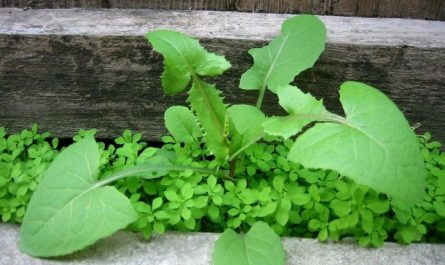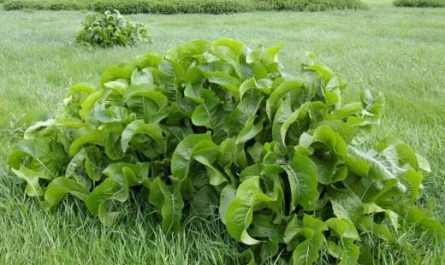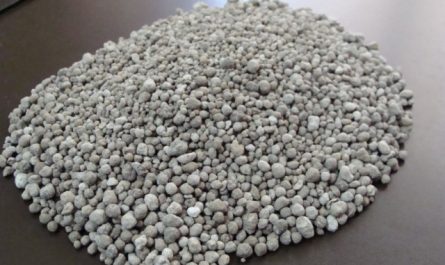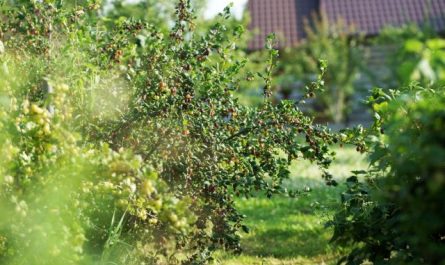Knowing what you want to build and plant is one thing. But to make it happen, you need reliable sources of materials, the right tools, and a thoughtful, consistent process. In this section, you’ll learn what tools are essential and what’s worth investing in. To ensure your gardening endeavors are successful, you’ll need to learn some basic principles for organizing your own garden construction site.

Anyone who decides to create a garden with their own hands should not skimp on tools, because three bent cheap tools are worth one durable one, not to mention the saved nerves and expenses. Therefore, the standard equipment should include a number of durable, reliable and ergonomic construction and gardening tools. It should be noted that a good tool also has aesthetic value. This is proven by photographs (mainly of English gardens), where a hand-forged shovel stuck in the ground is visible against the background of lush shrubs and creeping plants.
So, for a good tool, it is better to go not to a hardware store, but to a local dealer in construction tools. They have wheelbarrows, shovels, picks, brooms and other useful utensils of professional quality. In addition, these specialists in supplying construction companies and landscape gardeners sell rare and special tools, such as hand rammers for compacting the area under the foundation and bridge spikes for breaking up the area for paving.

Wholesalers of gardening and forestry products are another reliable source of good tools. True, they are not available in every region, but with today’s shipping options, this is not essential. The product can be ordered from a catalog or online, and it will be delivered by a delivery service. Of course, you should test the tool you like, or at least a similar one, yourself to make sure it is easy to handle, and to assess the length of the handle and weight.
Depending on what is to be done in the garden, the equipment varies or its composition is specified. For example, for paving, a whole range of special tools are needed, the purchase of which will cost a little more money, such as a hammer line, a paving hammer, a rubber mallet (or a paving hammer with a rubber attachment), a plumb line (square, rule) and a spirit level. To create water-bound surfaces, a hand tamper is needed, which is also used to compact the gravel base under the foundation. In addition, a large sieve is needed, which can be easily made yourself from special sieve wire (sold in a hardware store), with a cell size of 5-8 mm.

To build walls from natural stone, you need a strong, stable cart for transporting heavy objects. It will serve you well, for example, when transporting tree and shrub seedlings or plants in clods of earth for planting them in dug holes. Even two cases of beer are better transported from the trunk to the house through the new garden on a cart to save energy. In addition, for wall construction work you need a sledgehammer, a mason’s hammer, and chisels of various designs. Anyone who has to transplant many trees and shrubs should buy a heavy shovel with a long handle (a shovel for uprooting), it has a greater leverage than usual. The handles of tools that are used as a lever (for example, shovels, digging forks) should be made of ash.
Tools with replaceable handles, while good for versatility, are not suitable for long-term heavy-duty work because the handle change bushing is a potential weak point.

Tools that are rarely used, take up a lot of space, or are simply expensive (e.g., a lawn roller, vibrating plate) are best rented. You can even rent a mini-excavator or wheel loader, which will greatly speed up the work. To move large amounts of soil, it is better to call in specialists in gardening and landscape construction.



















